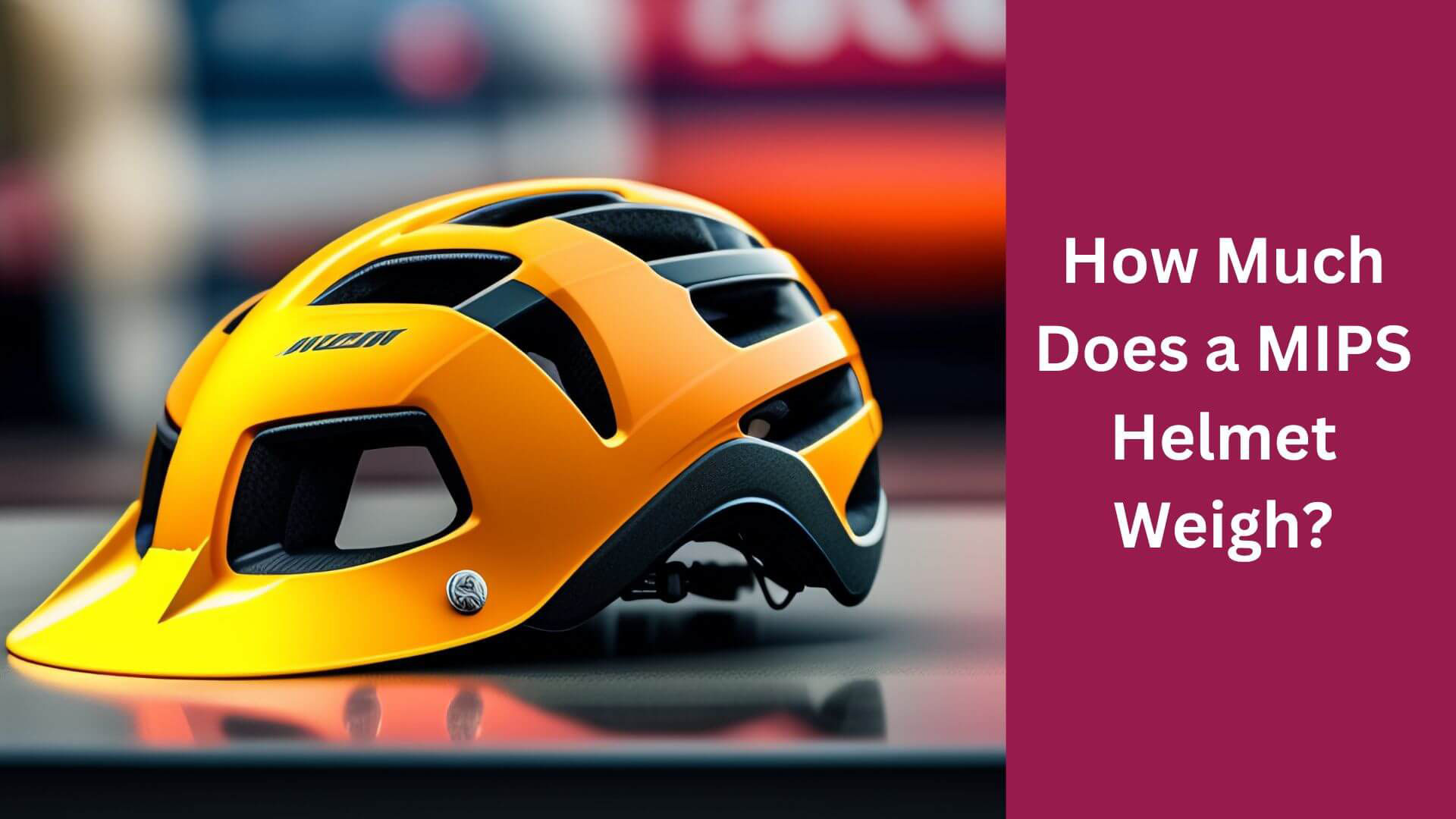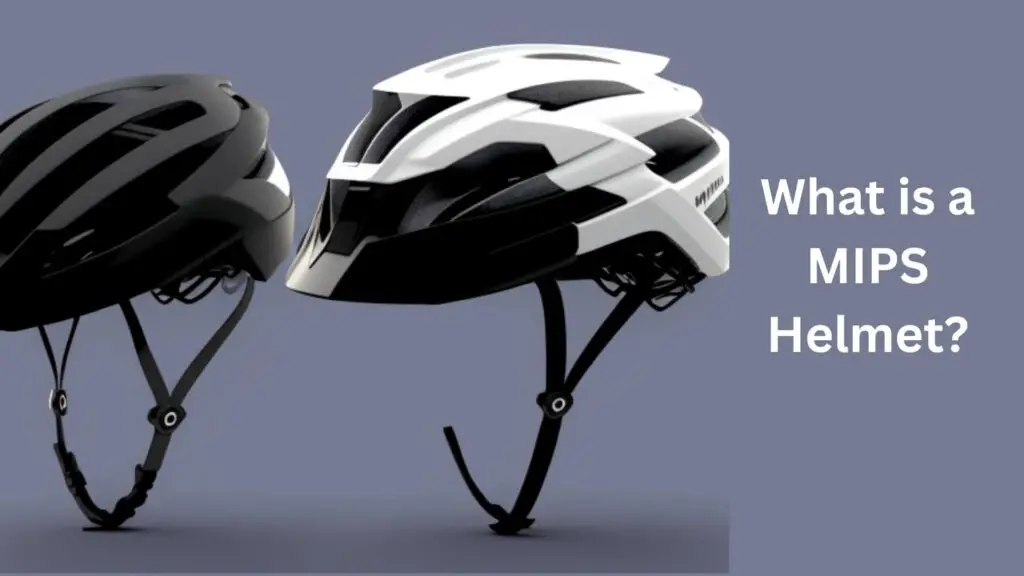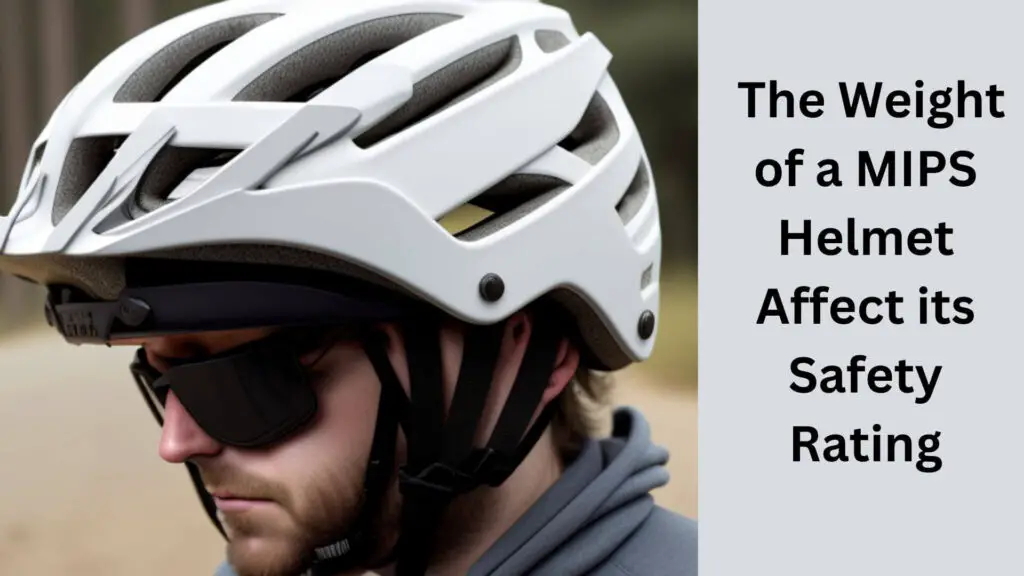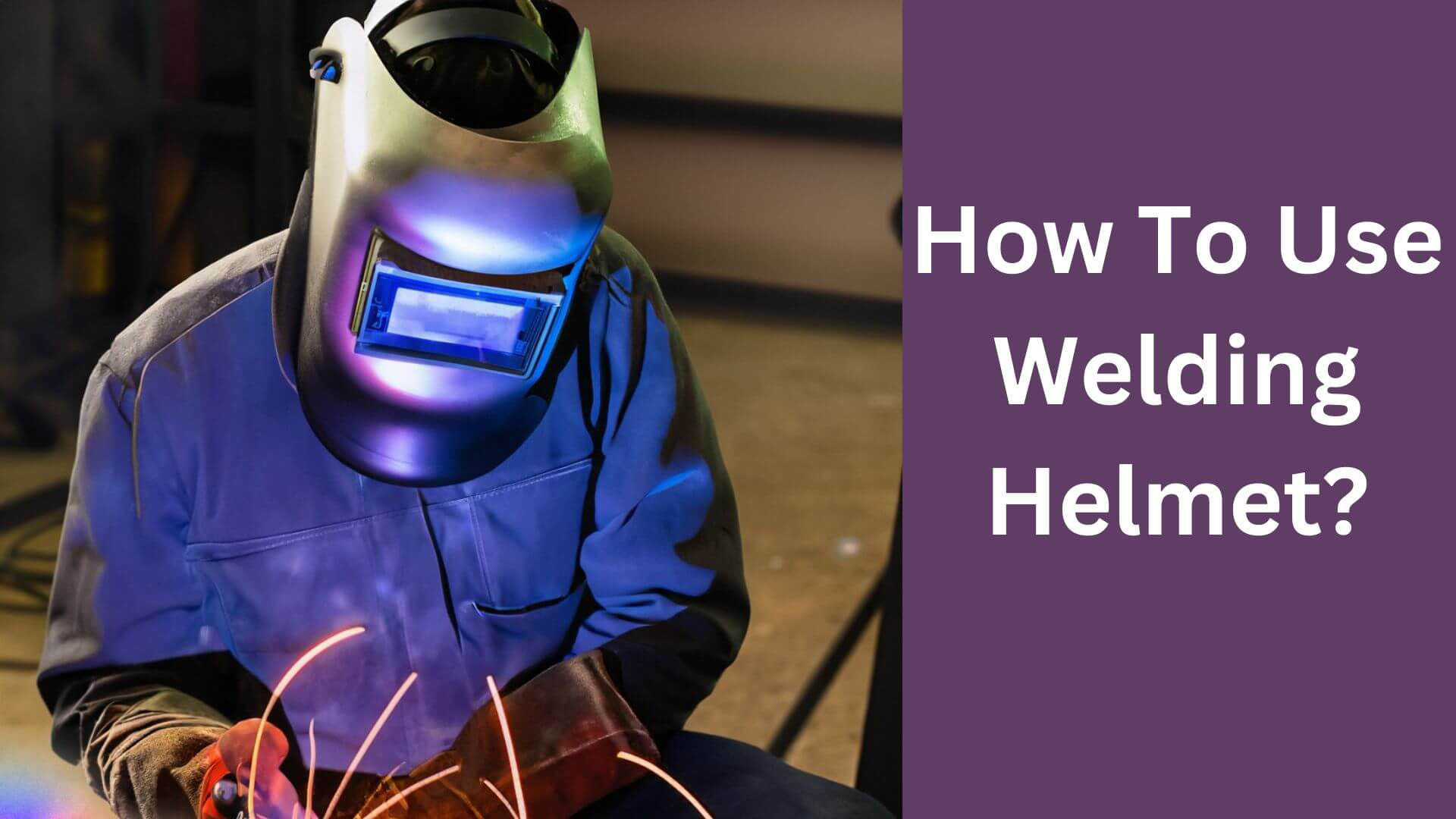How Much Does a MIPS Helmet Weigh?

As safety concerns become increasingly important to cyclists, more and more riders are turning to MIPS helmets for enhanced protection.
MIPS helmets are designed to mitigate the rotational forces that can cause brain injuries during a crash, but many cyclists are concerned about the added weight that comes with this added safety. So, how much does a MIPS helmet weigh?
The weight of a MIPS helmet can vary depending on several factors, such as the materials used, design, and size. However, most MIPS helmets weigh between 250 to 350 grams.
In this article, I’ll take a closer look at MIPS helmets, their benefits, and the weight you can expect from different models.
What is a MIPS Helmet?

Before we dive into the weight of MIPS helmets, let’s first take a closer look at what MIPS is.
MIPS stands for Multi-directional Impact Protection System, and it’s a safety feature that’s added to helmets to help reduce the rotational forces that can cause brain injuries during a crash.
The MIPS system is made up of a thin layer of material that sits between the helmet’s shell and padding. This layer allows the helmet to rotate slightly upon impact, which helps to reduce the rotational forces that can cause brain injuries.
Why Choose a MIPS Helmet?
There are a few key reasons why a cyclist might choose a MIPS helmet over a standard helmet. The first is safety.
Studies have shown that MIPS helmets can reduce the risk of a brain injury during a crash by as much as 50%.
This is because the MIPS system is designed to reduce the rotational forces that can cause brain injuries.
Additionally, many MIPS helmets are designed to offer enhanced protection in other ways, such as by offering increased coverage or improved ventilation.
Another reason a cyclist might choose a MIPS helmet is because of the added peace of mind. Knowing that you’re wearing a helmet that offers enhanced protection can help you feel more confident and secure on your bike.
And finally, MIPS helmets are becoming increasingly common, which means that there are now a wide variety of options available at a range of price points.
Read More: Are MIPS Helmets Better?
How Much Does a MIPS Helmet Weigh?
Now, let’s get to the heart of the matter – how much does a MIPS helmet weigh?
The answer, of course, depends on various factors, including the size and style of the helmet, as well as the specific MIPS system being used. That said, we can still make some generalizations.
On average, a MIPS helmet weighs between 250 and 350 grams, which is slightly heavier than a standard helmet.
However, it’s worth noting that the added weight is minimal, and most cyclists won’t notice much difference in comfort or performance.
Additionally, some newer models of MIPS helmets are designed to be even lighter than their predecessors, so you may be able to find a MIPS helmet that’s comparable in weight to a standard helmet.
Here are some examples of the weights of popular MIPS helmets:
- Giro Synthe MIPS: 250 grams
- Bell Z20 MIPS: 280 grams
- Smith Route MIPS: 350 grams
When compared to non-MIPS helmets, MIPS helmets are generally slightly heavier. However, the difference in weight is typically less than 50 grams.
Read More: What is MIPS Helmet Technology and How Can You Benefit?
Factors That Affect MIPS Helmet Weight
As mentioned, the weight of a MIPS helmet can vary depending on various factors. Here are a few key things to keep in mind:
● Shell Material
The material used for the helmet’s shell can also impact the weight of the helmet. For example, helmets made from carbon fiber are typically lighter than those made from polycarbonate.
● Design
The helmet’s design can also play a role in its weight. Helmets with more vents or additional features, such as a built-in visor, may be heavier than those with a simpler design.
● Size
Larger helmets typically weigh more than miniature helmets due to the additional material needed to construct them.
● The Number of Vents:
Helmets with more ventilation tend to be lighter, but they may sacrifice some protection.
● Amount of Padding:
The thickness and density of the padding can affect the weight of the helmet.
● Certification
Helmets that meet higher safety standards may be heavier due to the additional layers of protective materials used in their construction.
It’s important to consider these factors when choosing a MIPS helmet to ensure that you find a helmet that is both protective and comfortable.
I have created a list of SEO-friendly outline questions based on “How much does a MIPS helmet weigh?” that can be used to structure an informative article on this topic:
How Does the Weight of a MIPS Helmet Compare to a Non-MIPS Helmet?
A MIPS helmet is slightly heavier than a non-MIPS helmet because of the extra layer inside that helps reduce rotational forces.
However, the difference is not very significant and it does not affect the comfort or ventilation of the helmet. A MIPS helmet is only 20-45 grams heavier than the same helmet without MIPS.
That means that a MIPS helmet still offers a good balance between safety and performance for cyclists.
here’s a table comparing the weight of MIPS helmets to non-MIPS helmets:
Are there any Lightweight MIPS Helmets Available on the Market?
Yes, there are some lightweight MIPS helmets available on the market. Here are:
It’s important to note that the weight of a helmet can vary depending on the size, design, and materials used.
However, these models are some of the most lightweight MIPS helmets available on the market, offering the additional safety benefits of MIPS technology without compromising on weight.
Does the Weight of a MIPS Helmet Affect its Safety Rating?

The weight of a MIPS helmet does not affect its safety rating, as long as it meets the standards and regulations for helmet testing. MIPS is a technology that adds a layer of protection against rotational forces, which are more likely to cause brain injuries than linear forces.
MIPS helmets have been rated highly by independent safety institutes such as Virginia Tech, which evaluates helmets based on their ability to reduce head impact severity under various crash scenarios.
The weight of a MIPS helmet is usually slightly higher than a non-MIPS helmet, but the difference is minimal and does not compromise the comfort or performance of the helmet.
FAQS Questions About How Much Does a MIPS Helmet Weigh?
Are MIPS helmets heavier than non-MIPS helmets?
Generally, yes. However, the difference in weight is typically less than 50 grams.
Do MIPS helmets provide better protection than non-MIPS helmets?
Yes, studies have shown that MIPS helmets can reduce the risk of traumatic brain injuries by up to 50%.
Can a heavy helmet cause neck strain?
Yes, a heavy helmet can cause neck strain and fatigue, which can affect the rider’s ability to stay alert and focused.
Are carbon fiber helmets lighter than other materials?
Yes, carbon fiber is a lightweight material that is often used in high-end helmets.
How do I know which MIPS helmet weight is right for me?
Trying on different helmets is the best way to determine which weight is right for you. Make sure the helmet feels comfortable and secure and doesn’t put too much pressure on any one area of your head.
Remarks
MIPS helmet weight matters because it affects the comfort and performance of the helmet, as well as the safety and protection of the rider.
A lighter helmet can reduce fatigue and improve aerodynamics, while a heavier helmet can offer more coverage and durability. However, the weight of a helmet is not the only factor to consider when buying one.
You should also look for a helmet that fits well, has good ventilation and padding, meets safety standards and regulations, and has a MIPS system that can reduce rotational forces to the brain in case of a crash.
By choosing the right MIPS helmet based on weight and safety, you can enjoy your ride with confidence and peace of mind.

Hey, I’m Hrithik Hossain. I am the head of helmethacks.com, which specializes in safety helmets. I am looking to connect with anyone interested in purchasing a helmet or who has any questions about different types of helmets. I have over 8 years of experience as a helmet expert, and I can’t wait to help you find the perfect helmet for you. I can help you with any questions regarding helmets, from the best brands to fitting, style, and more! I really enjoy keeping people safe by ensuring they have the best protection possible.







